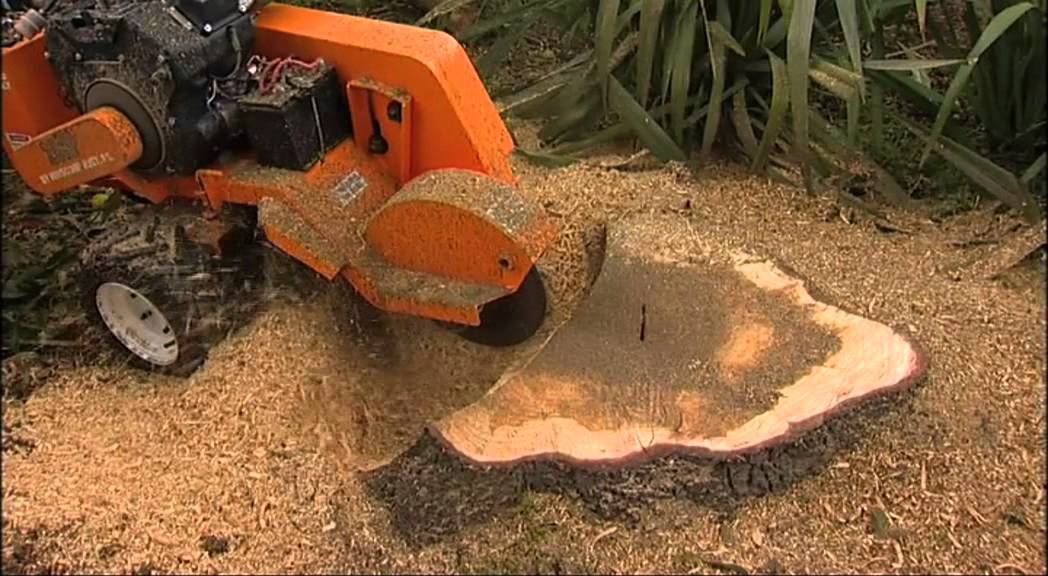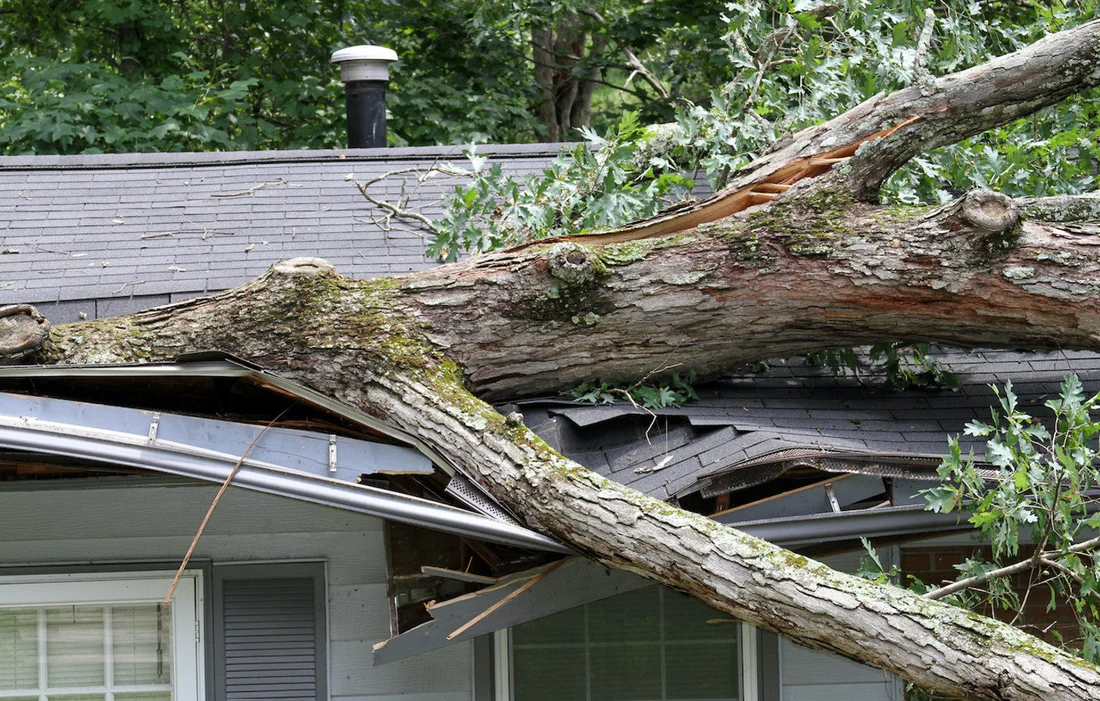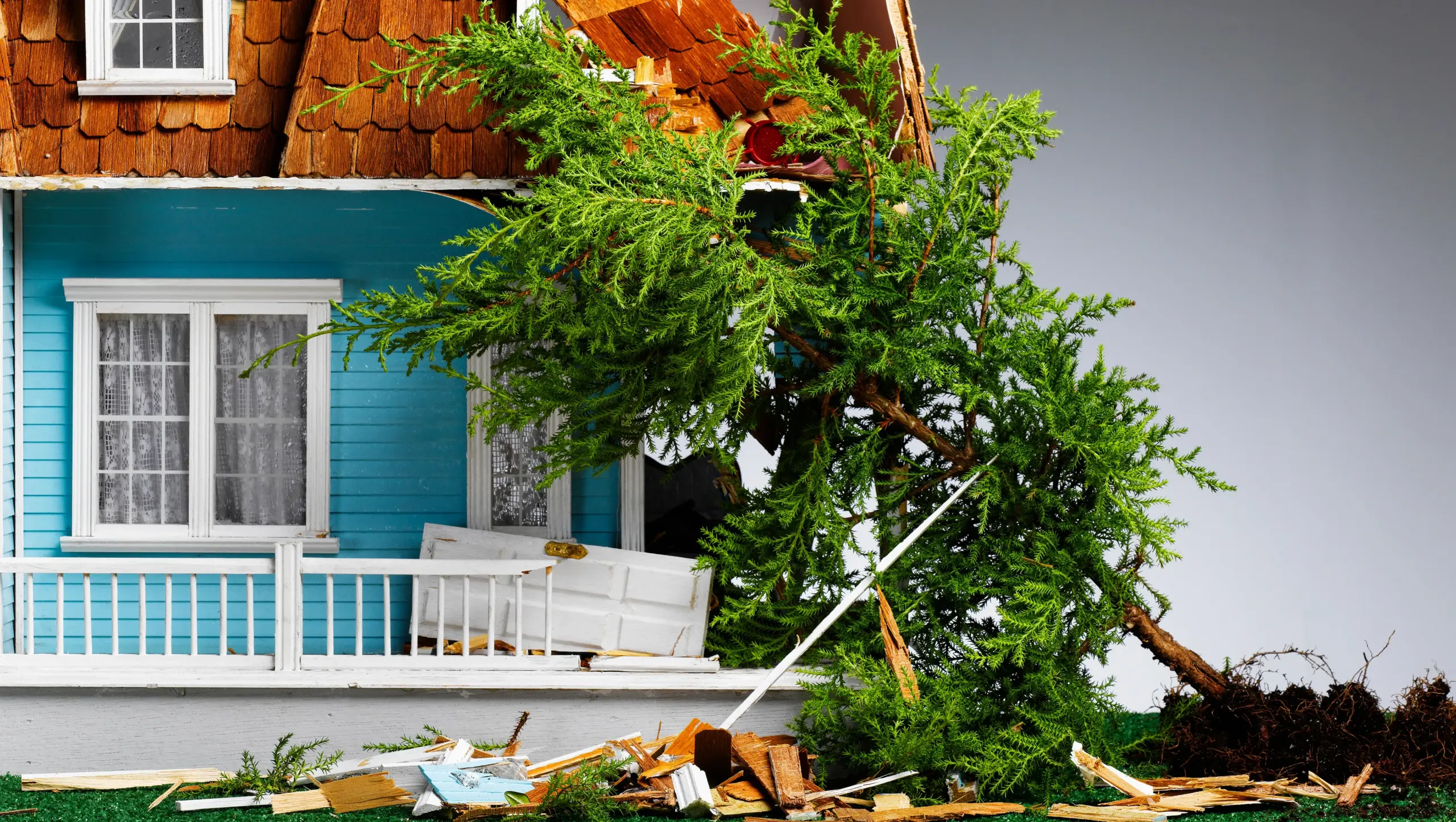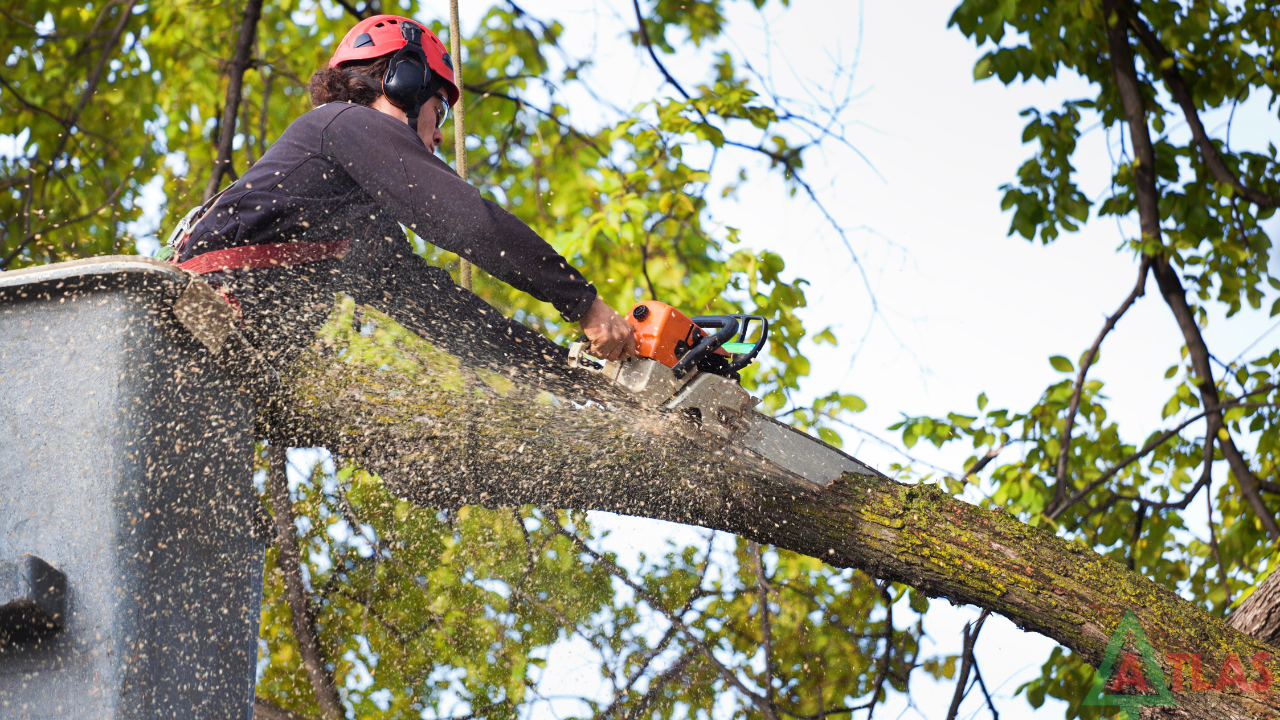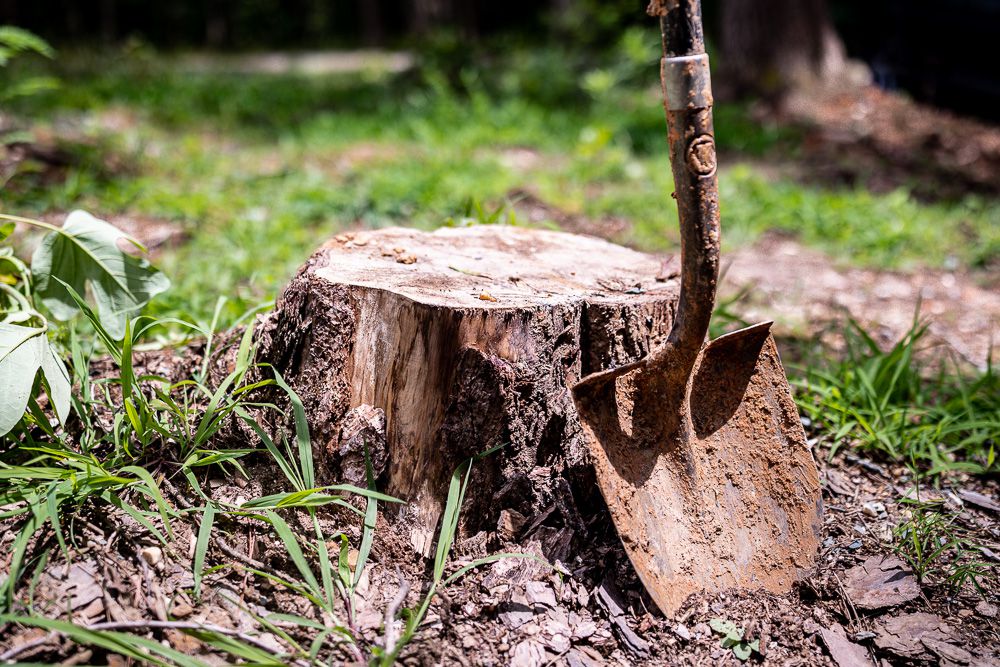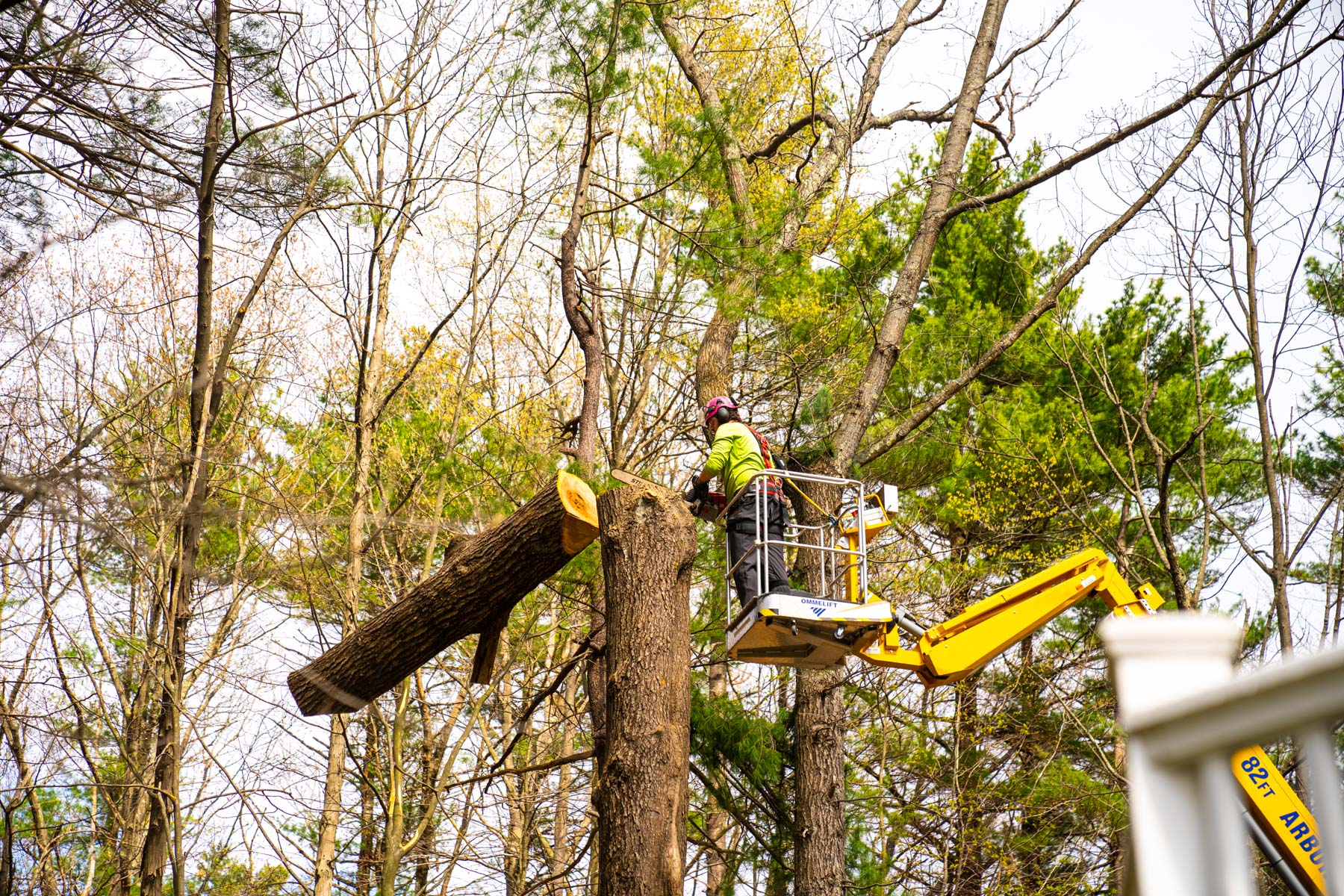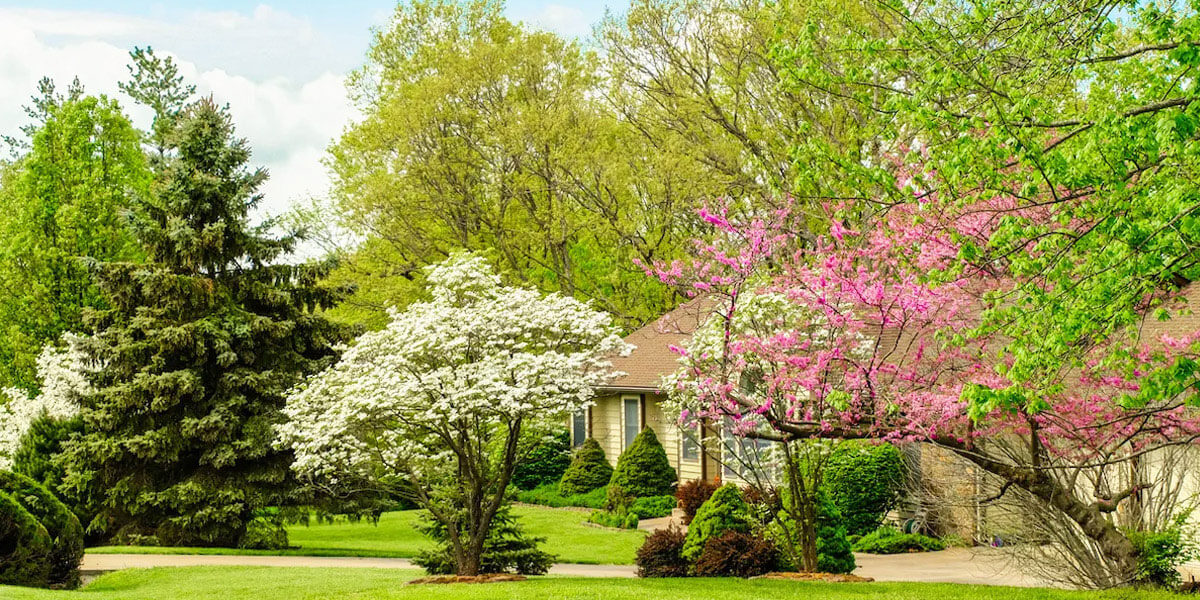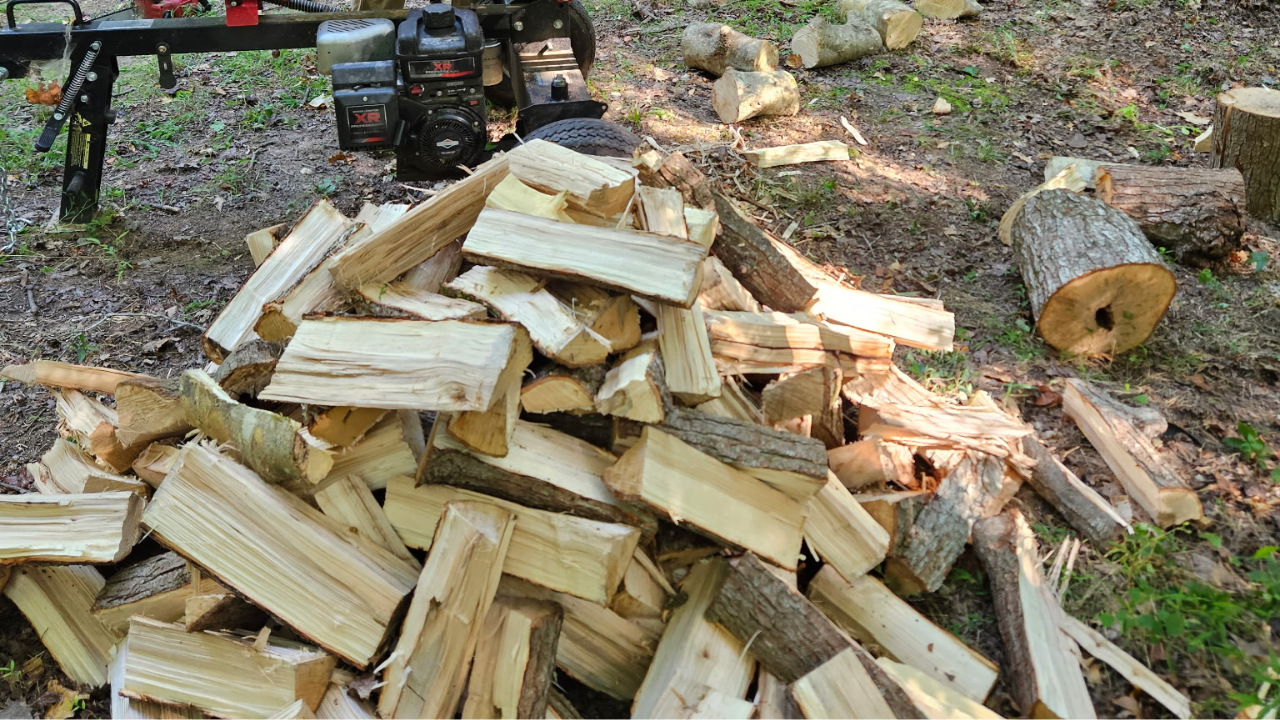What Is Stump Grinding
Got a tree stump killing your yard’s vibe? You’re not alone. Many Richmond homeowners deal with leftover stumps after tree removal and wonder what to do next. That’s where stump grinding comes in. It’s the clean, efficient way to erase that eyesore and reclaim your outdoor space. In this guide, you’ll learn what stump grinding is, how it works, how much it costs, and why Timber Brute is the local go-to for professional results. What Is Stump Grinding? Tree stump grinding is the process of shaving a tree stump down below ground level using a machine fitted with a high-speed rotating cutting wheel. The goal is to turn the stump into wood chips, leaving the area level and ready for landscaping. It doesn’t remove the entire root system like stump removal does. Instead, it grinds the visible portion and part of the root flare so the stump disappears without disturbing your yard. Key Takeaways Why Homeowners Choose Stump Grinding A leftover stump isn’t just ugly. It can cause real problems if ignored. Over time, old stumps attract pests like termites, ants, and beetles. They can also regrow or decay, creating soft, unsafe patches in your yard. Grinding eliminates these risks. It also makes mowing easier, prevents tripping hazards, and gives your yard a smooth, usable surface again. It’s also cheaper and less disruptive than complete removal, which requires heavy digging and root extraction. How Stump Grinding Works Equipment and Mechanism A stump grinder is a powerful tool that uses a spinning steel wheel with sharp teeth to chip away wood. Depending on the job, pros use different models: The machine cuts layer by layer, reducing the stump to mulch within minutes. The Process Step by Step First, the area is cleared of rocks and debris. The operator positions the grinder over the stump and lowers the wheel. Then the machine grinds the stump down in passes until it’s several inches below grade. Once finished, the wood chips can be left as mulch or removed. Many homeowners choose to fill the hole with soil and level the ground for new grass or plants. Limitations and Risks Grinding has a few limits. Shallow utilities, stones, or tight access points can restrict machine movement. Certain tree species, like poplar or willow, might still send out new shoots if roots remain active. That’s why hiring a professional tree service in Richmond is key — they’ll handle it safely and make sure regrowth doesn’t happen. Stump Grinding vs Stump Removal Both methods get rid of unwanted stumps, but they do it differently. If you’re not tearing up your yard for a new foundation, grinding is often the smarter choice. Cost Factors and Typical Prices in Richmond The cost of stump grinding in Richmond depends on a few factors: On average, Richmond homeowners pay around $150–$300 per stump, though large or hard-to-reach stumps can cost more. Timber Brute offers fair, transparent pricing with detailed estimates before work begins — no surprises, just clean results. Factor Effect on Price Stump Size Larger = Higher Cost Root Depth Deeper Grinding = More Labor Access Tight or Fenced Areas = Extra Time Cleanup Optional Chip Removal Adds Cost Choosing a Tree Service for Stump Grinding When hiring a tree service, look for insured and experienced professionals with the right equipment. Ask key questions: Local companies like Timber Brute have earned the trust of Richmond homeowners by providing safe, efficient tree stump grinding and expert guidance on tree removal on your property line. Their team understands local soil conditions and makes sure every job is completed with precision and care the first time around. After the Job: What to Do Next Once the stump is gone, you can decide what to do with the space. If you’re replanting, let the soil settle for a few weeks before adding new grass or sod. You can also use leftover wood chips as mulch in your garden. Keep an eye out for minor settling and refill with topsoil if needed. Within weeks, the area will blend seamlessly into your yard. Frequently Asked Questions 1. How deep does stump grinding go? Typically, 4–6 inches below ground level, but deeper grinding is possible if you plan to replant. 2. Can I plant a tree where a stump was ground? Yes, but it’s best to wait a few months or slightly shift location to avoid decomposing roots. 3. Is stump grinding safe for DIY? Not really. Grinders are heavy, high-powered machines that require skill and protective gear. 4. What happens to the wood chips? They can be left as mulch or hauled away for an extra fee. 5. Will the stump regrow after grinding? In most cases, no. If it does, a quick follow-up grind or herbicide stops regrowth. Conclusion Tree stumps might look harmless, but they can become a long-term headache. Tree stump grinding offers the perfect middle ground — fast, affordable, and tidy. It gives your yard a clean slate without tearing up the soil.If you’re in Richmond and want those old stumps gone for good, Timber Brute delivers expert service backed by local experience. Reach out today and make your lawn smooth, safe, and ready for whatever comes next.

